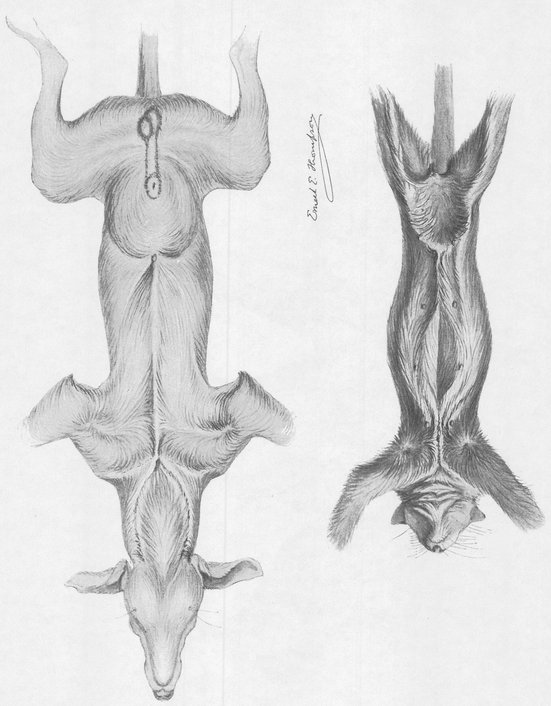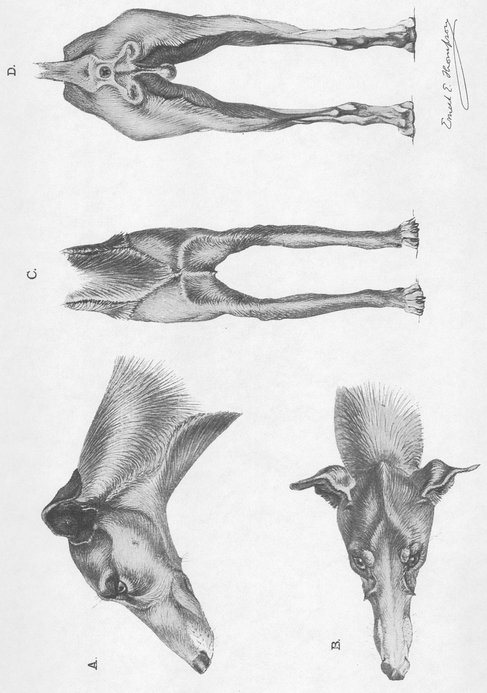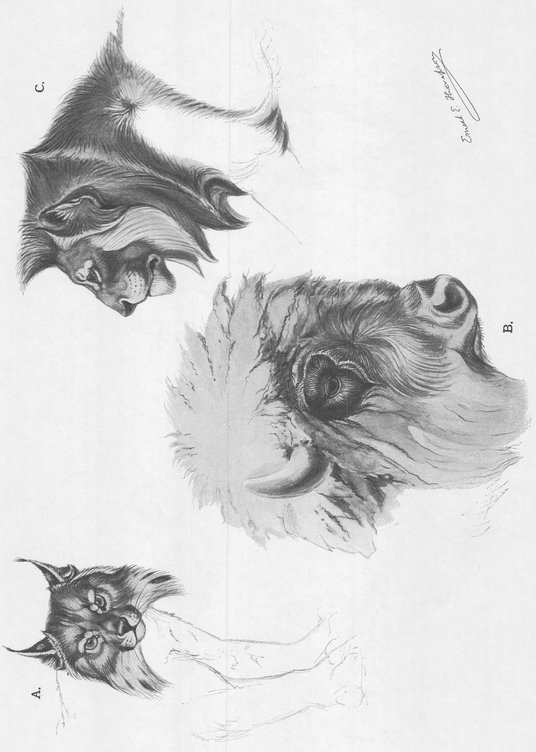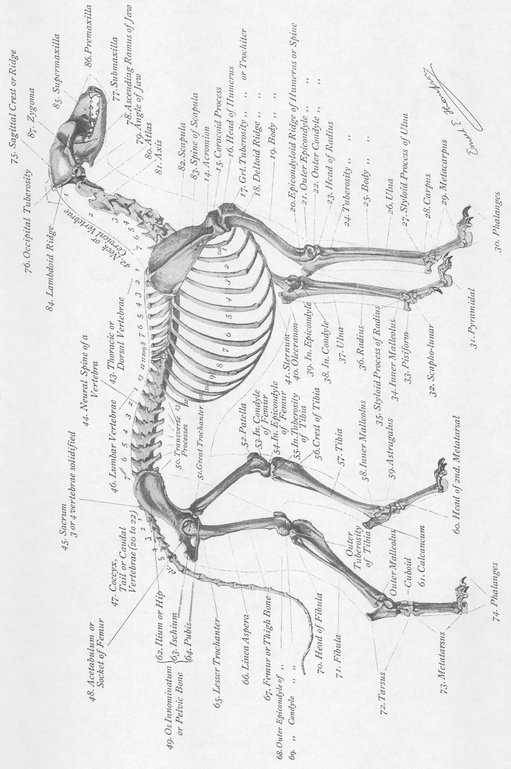A LIST OF THE PRINCIPAL WORKS CONSULTED.
1683. SNAPE (ANDREW). The Anatomy of an Horse.
With copperplate illustrations. A careful description, afterwards translated into French by F. Garsault, 1732.
1766. STUBBS (GEO.). The Anatomy of the Horse. In eighteen tables, all done from nature. London.
The plates were engraved by the artist himself, and are among the most accurate anatomical illustrations extant.
1769. BOURGELAT (CL.). Elmens de lArt Vtrinaire. [Trait de la Conformation extrieure du cheval, &c.] Paris.
The anatomy of the Horse compared with that of the Ox and Sheep. 4th edition in 1807.
1779. GOIFFON ET VINCENT. Memoire artificielle des principes relatifs la fidelle representation des Animaux, tant en Peinture, quen Sculpture. Alfort. Folio.
With 23 large copperplates showing accurately the action, anatomy, size, and proportions of the Horse.
[1799.] GIRARD (J.). Tableaux Comparatifs de lAnatomie des animaux domestiques. VII. de la Rpublique.
1807. GIRARD (J.). Anatomie des animaux domestiques. 8vo, 2 vols. (4th ed., 1841.)
Translated into German by K. L. Schwab, 181011.
1822. GURLT. Handbuch der Vergleichenden Anatomie de Haussaugethiere.
With atlas of plates. 2nd edition 1832 ; 3rd edition 1844.
1832. PERCIVALL (WM., M.R.C.S.). The Anatomy of the Horse. London. 8vo.
No illustrations.
1843. SUNDEVALL (C. J.). On the Wings of Birds: The Ibis, fifth series, vol. iv., No. xvi. art. xxxix. pp. 389457) Plates ix. and x. [Translated from the original Swedish of the Kongl. Vetensk.-Akad. Handlingar, 1843, by W. S. Dallas, F.L.S.] London, 1886.
Two plates, comprising 13 valuable illustrations. This is the first attempt to study the subject.
184453. SCHLEGEL (H.) et VERSTER DE WULVERHURST (A. H.). Trait de Fauconnerie. Leiden and Dsseldorf.
With 12 life-size plates by J. Wolf.
1845. STRAUS-DURCKHEIM (HERCULE). Anatomie descriptive et comparative du Chat. 2 vols. text, 4to, 1 atlas folio. Paris.
Atlas with 13 admirable plates,  life-size.
life-size.
1847. NITSCH (C. L.). Systeme der Pterylographie.
The first edition was published in 1833. The English translation by Dr. P. L. Sclater, in 1867.
1850. LEYH (F. A.). Handbuch der Anatomie der Hausthiere. Stuttgart. 8vo. 2nd edition, 1859.
Excellent treatise on Anatomy of Horse, Cow, Pig, Cat, and Dog, with careful woodcuts.
1861. LEISERING (A.G.T., Dr.). Atlas der Anatomy des Pferdes und brigen Hausthiere. [Drawings by Moritz Krantz.]
Valuable lithographic plates of Horse, Cow, Dog, Cat, Birds, &c.
1865. WALTON (ELIJAH). The Camel: its Anatomy, Proportions, and Paces. London. Folio.
Ninety-four large lithographic plates by the author, many of them coloured. A most valuable work.
1870. FLOWER (W. H.). Introduction to the Osteology of the Mammalia.
1873. MAREY (E. J.). La machine animale. Locomotion terrestre et arienne. Paris. 8vo.
The locomotion of animals studied by mechanical apparatus; 117 figures in the text. Followed some years later by works with instantaneous photographs,
1880. REGAMEY (GUILLAUME). Atlas de lAnatomie des formes du Cheval. Paris.
With chromo-lithographic plates.
1881. MIVART (ST. GEORGE). The Cat. New York. 8vo.
1882. STILLMAN (Dr. J. D. B., A.M.). The Horse in motion.* Under the auspices of Leland Stanford. London.
One hundred and seven plates, chiefly from photographs by Mr. Ead. Muybridge, illustrating the Horse, Ox, Dog, Pig, and Deer in motion.
1883. FRANCK (Dr. LUDV.). Handbuch der Anatomie der Hausthiere. Stuttgart. 8vo.
1884. GOUBAUX (A.) et BARRIER (G.). De lextrieur du Cheval. Paris.
A valuable work with 34 plates and 346 illustrations. A second edition appeared in 1890.
1885. LEISERING (A. G. T.) und MUELLER (C.). Handbuch der vergleichenden Anatomie der Haussaugethiere. Berlin. 8vo.
A new edition of Leiserings work (1861).
1886. CUYER (E.) et ALIX (E.). Le Cheval. Paris.
Sixteen large coloured plates, with superimposed parts and many woodcuts.
1886. GOODCHILD (J. G.). Obs. on the Cubital Coverts of Birds. P. Z. S. Pp. 184203. London.
Thirty-seven cuts.
1887. MUYBRIDGE (EADWEARD). Animal Locomotion* Philadelphia, 18721885.
Ten folio volumes, containing 781 plates, each representing a series of movements of Man, Birds, or Animals.
1890. BALLU (Roger). Luvre de Barye. Precd dune introduction de M. Eugne Guillaume. Paris. Folio.
An important work, with 25 large plates, including portrait of Antoine Louis Barye, and 51 wood-cuts.
1891. ELLENBERGER (Dr. W.) und BAUM (Dr. H.). Systematische und topographische Anatomie des Hundes. Berlin.
An admirable monograph, with 208 cuts, 37 lithographs.
A French translation by Dr. J. Deniker appeared in 1894, published by C. Reinwald and Co.
1891. CHAUVEAU (A.). The Comparative Anatomy of the Domesticated Animals. Revised by S. Arloing. Translated by Geo. Fleming. New York. 8vo.
First edition (French) dated 1855. First English edition 1864.
1892. GOODCHILD (J. G.), H.M. Geol. Surv., F.Z.S., M.B.O.U. The Cubital coverts of the Euornithes in Relation to Taxonomy. Proc. Roy. Phys. Soc. Edinburgh, 189091. Vol. x. Plate xv., 17 pp. 317333 pp.
One plate with 26 figures of wings.
1892. ( Idem ) . Notes on Crested Birds of Prey. Same publication, pp. 202208. Plate x.
One plate with 13 figures of heads.
1893. ( Idem ). Supplementary Observations on the Cubital Coverts of the Euornithes. Same publication. Vol. xii. (18923), pp. 171181.
1894. SUSSDORFF (M.). Lehrbuch der vergleichenden Anatomie der Hausthiere. 2 vols.
An important work, with very accurate illustrations.

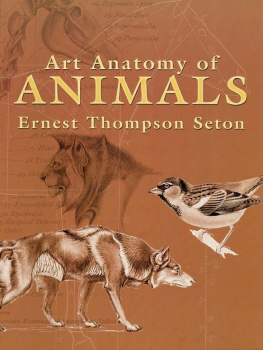

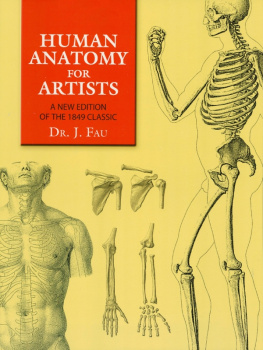
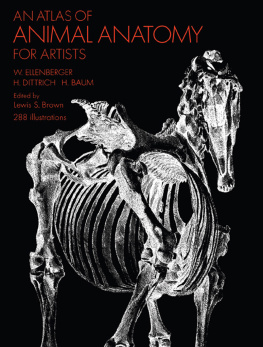
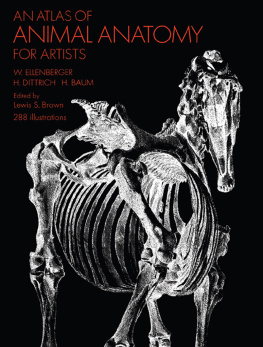
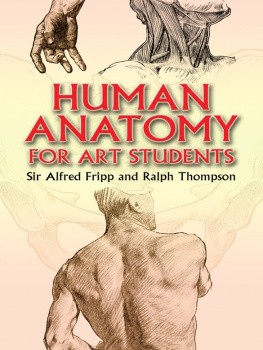
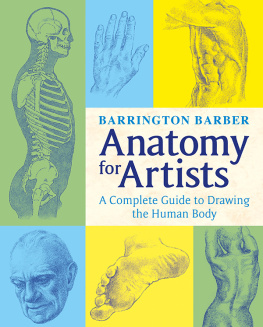
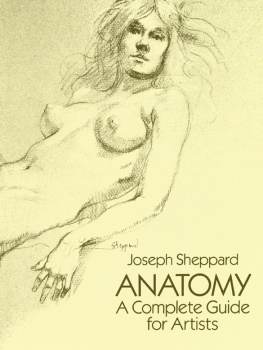
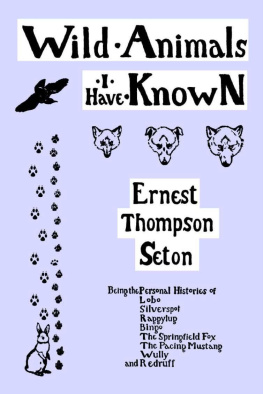
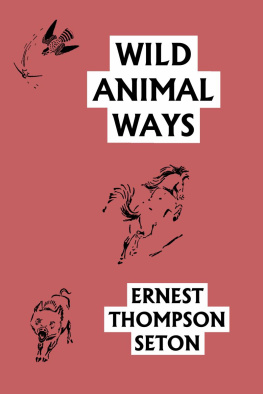
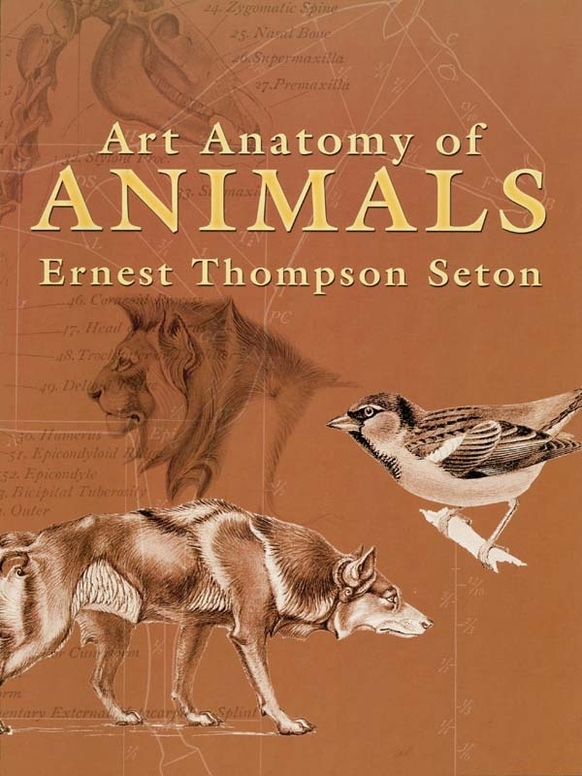
 life-size.
life-size.
